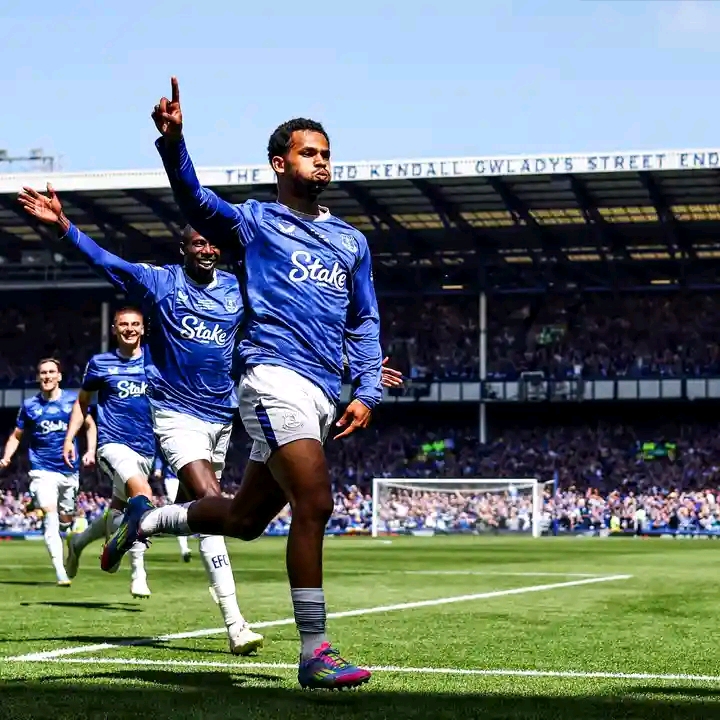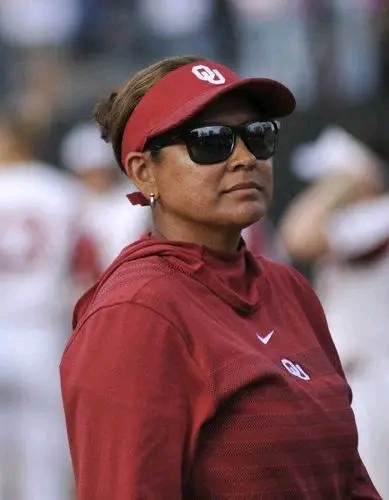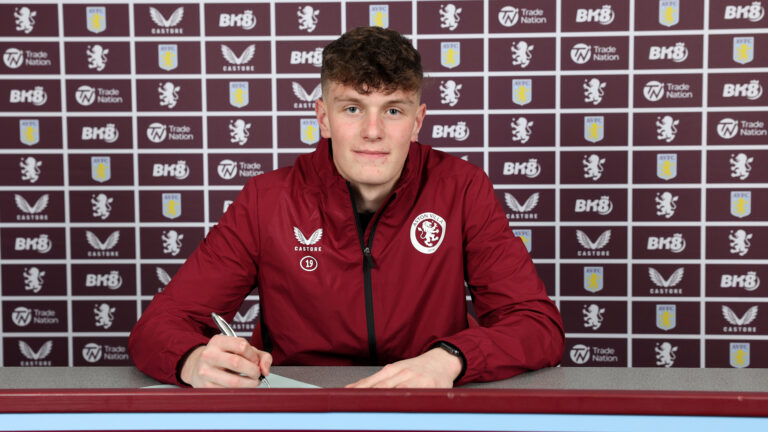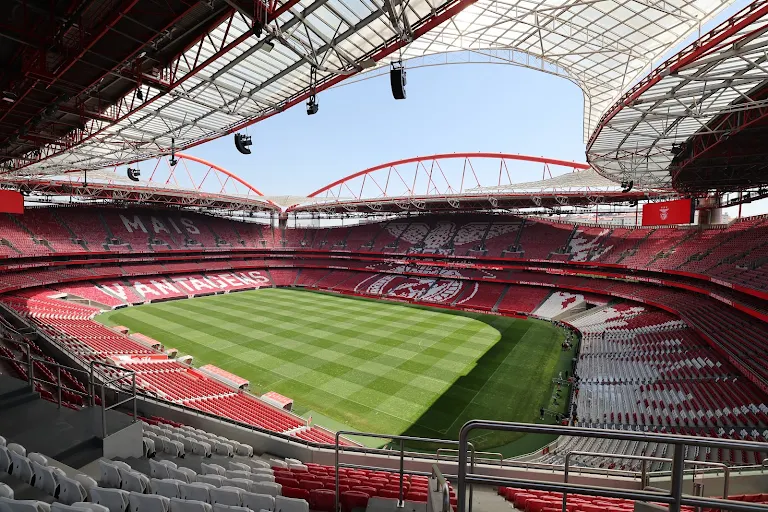
The curtain has closed on one of English football’s most iconic stages, as Everton played their final match at Goodison Park, marking the end of a remarkable chapter in the club’s rich history. For over 130 years, the stadium stood as a bastion of tradition, passion, and community—its tight terraces and towering stands witnessing generations of triumph, heartache, and unforgettable moments. The final whistle was not just the end of a game, but the end of an era.
From its opening in 1892, Goodison Park has been more than just a football ground—it has been a symbol of Everton’s identity. The stadium, affectionately known as “The Grand Old Lady,” has hosted thousands of matches, legends of the game, and unforgettable nights under the floodlights. It was the first purpose-built football stadium in England, a ground that pioneered innovations and welcomed fans through wars, economic hardship, and football’s modern transformation.
For the final game, fans arrived hours early, soaking in the atmosphere with a blend of celebration and melancholy. Streets around Goodison were a sea of blue, filled with chants, songs, and tears. Supporters shared stories of first games with their parents, generations of season tickets passed down, and the sacred rituals of matchday that defined life on Merseyside.
Inside the stadium, banners draped the stands, tributes rolled across the big screen, and legends of the club made appearances, paying homage to the hallowed ground. The match itself, while fiercely contested, seemed almost secondary to the occasion. Every touch of the ball, every roar from the crowd, was infused with deeper meaning—memories




